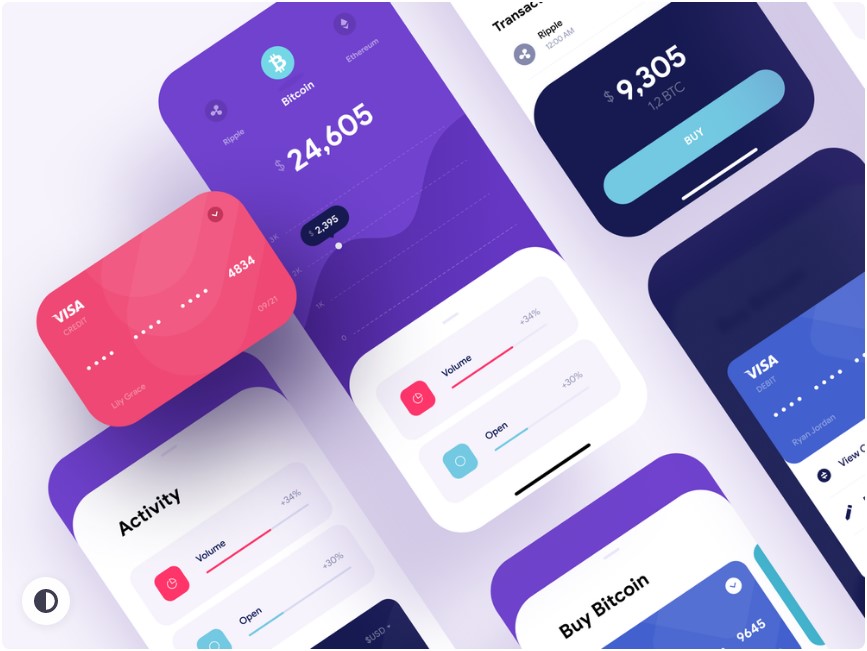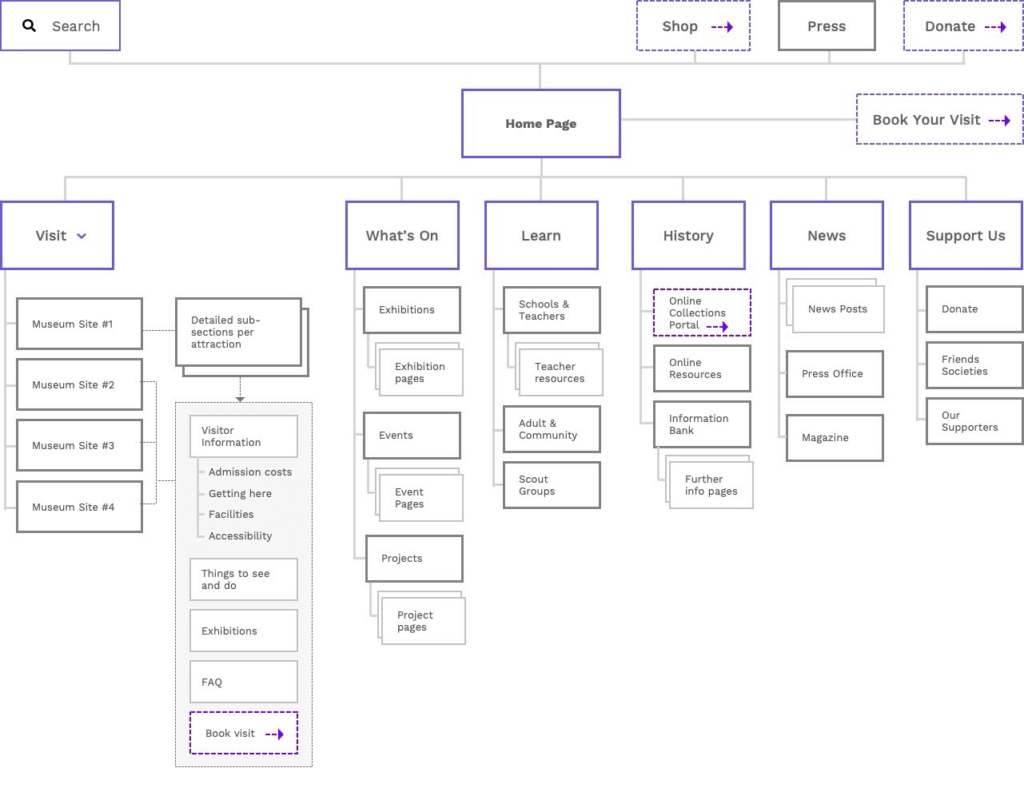
Mozilla Firefox is one browser that supports progressive web apps (PWAs). Chrome and Safari won't support these applications, but Firefox and the other browsers do. You can create progressive web apps using the React PWA Library if you are a developer. Firefox supports PWAs. However the extension system for Firefox does not work with other browsers. For more information on creating a PWA you can consult this article.
Mozilla Firefox supports Progressive Web Apps
The most significant change in the way PWAs work is a simpler installation process. Edge and Chrome both offer a "+" button that will install the PWA. Sites can encourage users, just like desktop applications, to install them. Firefox users should know that the removal SSBs is not a sign that Firefox is dead. Mozilla is investigating ways to support PWAs on its desktop browser, but as of now, it does not have any alternative plans in development.
There are good things, however. Although Mozilla Firefox doesn't support PWA on the desktop anymore, it does support the web app APIs that allow websites to behave more like a native application. This app also uses a progressive enhancement strategy, which allows users to experience a similar experience. Firefox developers have worked hard to improve the user experience for these apps. To help users develop and test their PWAs, a console and wiki tools are now available.

Apple doesn't allow them
Users are frustrated when browsers stop supporting new features or don't allow web pages to be loaded locally. PWAs are a poor fit for iOS because of the absence of an app icon and lackluster branding. Mozilla's technical support team recently explained why they removed SSB support in a post. The company stated that they are evaluating options.
PWAs work in all other browsers but Safari. Safari doesn't use the terms app and install when referring to PWAs. You can download a PWA by opening Safari and then clicking the Share up button at the bottom. Then, select "Add to your Home Screen". This method won't give users offline functionality. Apple intends to support PWAs within its MacOS platform by 2020.
React PWA library is the best choice for progressive web apps
React PWA is Firefox's best option when it comes creating progressive web applications. It provides many benefits including reducing the app's size and increasing conversion rates. It also supports offline mode. These issues are addressed through the Google libraries. Its compatibility is key. There are many other useful features.
PWA design's biggest flaw is the difficulty of accessing all its capabilities. PWA features are supported by many browsers, but not all. They may not work on older smartphones and some browsers. Apple joined the PWA wagon with service workers. Firefox is also one of the most popular browsers to support PWAs. This browser is not the final solution for all progressive app development challenges.

Mozilla Firefox is not compatible with extensions
It's surprising to find a browser that doesn’t integrate with extensions for progressive Web Applications (PWAs) and more with the PWA standard. Townsend does not deny that there is a ban on the browser, although it doesn't appear to be a complete ban. It is unclear if Mozilla will ever integrate with extensions for PWAs, so it remains to be seen.
It seems that Firefox has moved on from the Site Specific Browser, which allowed users to bookmark and add websites to their home screens. Site Specific Browser was essential to PWAs since it provided basic functionality and responsiveness for all users. Progressive web apps, on the other hand, deliver sophisticated versions of pages without a good connection. They can be used offline as well. Why is Firefox slow to support PWAs in Firefox?
FAQ
How to design your website?
It is important to first understand your customers and what your website should do for them. What do your customers want from you when they visit your website?
What issues might they be facing if they can't locate what they're looking at on your site.
After you have this information, you need to find out how to solve the problem. It is also important to ensure your site looks great. It should be easy-to-use and navigate.
Your website should be well-designed. It shouldn't take too many seconds to load. If it takes too much time, people will not stay as long as they want. They'll go somewhere else instead.
You need to consider where your products are located when you build an eCommerce website. Are they in one place? Are they spread around your site?
You need to decide whether you want to sell one product at once or many different types of products. Are you looking for a single product to sell or multiple products?
When you answer these questions, your site can be built.
Now, you have to think about the technical aspects of your site. What will it take to make your site work? Is your site fast enough to be useful? Is it possible to access the information quickly using a computer?
Are people able to purchase something without paying extra? Is it necessary for them to register before they are able to purchase anything?
These are important questions that you must ask yourself. Once you know the answers to these questions, you'll be ready to move forward.
Should I use WordPress or a website builder?
The best way to build an effective web presence is to start small. If you have the time and resources to build a full-blown site, then do so. If you don't have the resources to build a full-fledged site, a blog may be the best choice. As you become proficient in web design and development, you can add features as needed.
But before you build your first website, you should set up a primary domain name. This will give you a pointer to which to publish content.
How do I choose the right domain name?
It is crucial to choose a great domain name. People won't know where to go if they don't have a good domain name.
Domain names should not be too long, difficult to remember, specific to your brand, or unique. In order to make your domain name memorable, people should be able to type it into their browsers.
These are some suggestions for choosing a domain.
* Use keywords related to your niche.
* Avoid hyphens (-), numbers, and symbols.
* Don't use.net or.org domains.
* Avoid using words that are already taken.
* Avoid generic terms such as "domain" and "website".
* Make sure it's available.
What Kinds Of Websites Should I Make?
It all depends on what your goals are. If you are looking to build a business from your website, it may be beneficial to focus on selling online products. To make this happen, you'll need a reliable eCommerce website.
Blogs, portfolios and forums are all popular websites. Each requires different skills. If you are looking to start a blog, then you need to know about blogging platforms like WordPress and Blogger.
Once you have chosen a platform, it is also important to determine how you can customize the appearance of your site. There are many themes and templates that you can use for free.
Once you've chosen a platform, you can build your website by adding content. Pages can include images, videos, text and links.
Once you're ready to publish your website online, click here. Visitors can access your website in their browsers once it is published.
Statistics
- It's estimated that chatbots could reduce this by 30%. Gone are the days when chatbots were mere gimmicks – now, they're becoming ever more essential to customer-facing services. (websitebuilderexpert.com)
- At this point, it's important to note that just because a web trend is current, it doesn't mean it's necessarily right for you.48% of people cite design as the most important factor of a website, (websitebuilderexpert.com)
- In fact, according to Color Matters, a signature color can boost brand recognition by 80%. There's a lot of psychology behind people's perception of color, so it's important to understand how it's used with your industry. (websitebuilderexpert.com)
- Is your web design optimized for mobile? Over 50% of internet users browse websites using a mobile device. (wix.com)
- When choosing your website color scheme, a general rule is to limit yourself to three shades: one primary color (60% of the mix), one secondary color (30%), and one accent color (10%). (wix.com)
External Links
How To
What is website hosting?
Website hosting refers simply to the place that people visit when they visit a website. There are two types.
-
Shared hosting – This is the most affordable option. Your website files reside in a server managed by another company. Customers visiting your website send their queries over the Internet, to that server. The server owner then forwards the request to you.
-
Dedicated hosting is the most expensive option. Your website resides entirely on one server. Your traffic is private because no other websites have shared space on this server.
Shared hosting is preferred by most businesses because it's cheaper than dedicated hosting. You can use shared hosting if the company owns the server to provide the resources required for your website.
Each option has its pros and cons. Here are some key differences between them.
The pros of shared hosting:
-
Lower Cost
-
Easy To Set Up
-
Frequent Updates
-
It can be found on many web hosting companies
Shared hosting is often as cheap as $10 per month. Keep in mind, however, that bandwidth is usually included in the price. Bandwidth is how much data you can transfer to the Internet. Even if you upload only photos to your blog you might still have to pay more for large amounts of data that you transfer through your account.
You will quickly see why you paid so much for your former host once you have started. The majority of shared hosts offer limited customer support. Although their techs may help you with setting up your site, it's not a common practice.
Providers that offer 24-hour customer support are worth looking into. They'll take care of any issues that come up while you sleep.
Cons of dedicated hosting
-
More Expensive
-
Fewer Common
-
Specific Skills Required
With dedicated hosting, all you need to maintain your website are provided. You won’t need to worry whether you have enough bandwidth or enough RAM (random address memory).
This means you'll have to spend more upfront. However, once you start running your business online, you'll find that you won't need much technical assistance. You'll soon be an expert at managing servers.
So Which Is Better For My Business?
This depends on the kind of website that you want. If you're selling products only, shared hosting might work best. It's simple to set it up and keep it updated. And since you're sharing a server with many other sites, you'll likely receive frequent updates.
If you want to create a community around a brand, dedicated hosting may be the best choice. It allows you to focus on building your brand and not worrying about managing your traffic.
Bluehost.com is a web host that offers both. Bluehost.com provides unlimited monthly data transfer, 24/7 support, free domain registration and a 30-day money back guarantee.